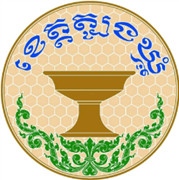1. Background in Tbong Khmum province
In fact, Tboung Khmum is not a new name; the name of the district or Tboung Khmum appears first in a post-Angkor inscription (IMA.37) inscribed on the wall of the north wing of the Angkor Wat. That’s it. The inscription was inscribed by a man named Chantry in 1701. The same inscription describes the event in which the king promoted him to the title of “king of the kreb” in the control of Tboung Khmum. Until the early 19th century, there were documents such as the Royal Family, the literary works, the royal story, the King of Korn, which is a historical legend, and many historical documents, both Khmer and foreign languages, and mostly in French. Has written the name of the district or province of Tboung Khmum. When Cambodia was under French protectorate between 1863 and 1953, there were documents written about the creation of provinces, districts, communes and villages. The province of Kampong Cham was founded on January 1, 1885, and a French officer, Francois Baudoin, was in charge of the Khmer governors. Kampong Cham, meanwhile, has ten districts: Kampong Siem, Krouch Chhmar, Prey Chhor, Cheung Prey, Kang Meas, Koh Sotin, Srey Santhor, Stung Trang, and Tboung Khmum. Administrative reforms during the French Protectorate period followed a series of reforms, especially during the reign of Ang Duong and King Norodom. In 1897, Tboung Khmum was upgraded from district to province, with 57 provinces but no Kampong Cham province. By 1917 the number of provinces was again reduced to 57, and the province was the same. Until the 1920s, there was another reform of the administrative sector, and at that time, only 13 provinces, which were once the province of Tboung Khmum, had been transformed into a district in Kampong Cham. Since that time, we have seen no change until 2014, when the Royal Government of Cambodia decided to turn the Tboung Khmum into a province more than 100 years ago.

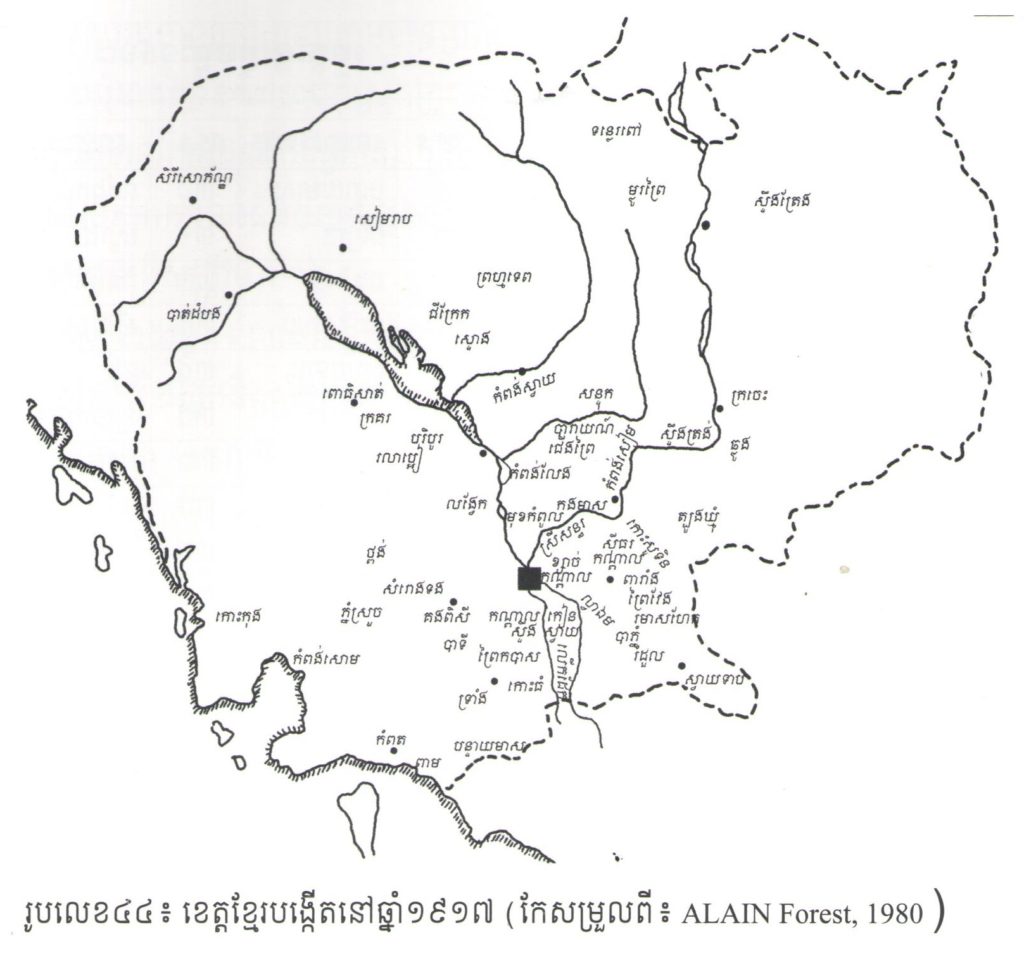
The historical heritage of Tboung Khmum contains both tangible and intangible heritage such as Banteay Kou or Moum village, cemeteries, everyday objects, religious structures, water preserves, etc. Thousands of years ago. Intangible cultural heritage, in many forms, has continued to live with people, such as works of literature and myths, some of which are associated with the birth of the land and the name of the province, still in the memory of the locals. Not only that, they even make them look as if they are real. It is not wrong to be creative when it comes to trying to be obedient and part of it. Through the scenes of some of these stories, we find that some of the villages, villages, and districts are named after the story and have become official names to this day. So the name of the newly formed Tboung Khmum province is administrative only, and the territory is not new.
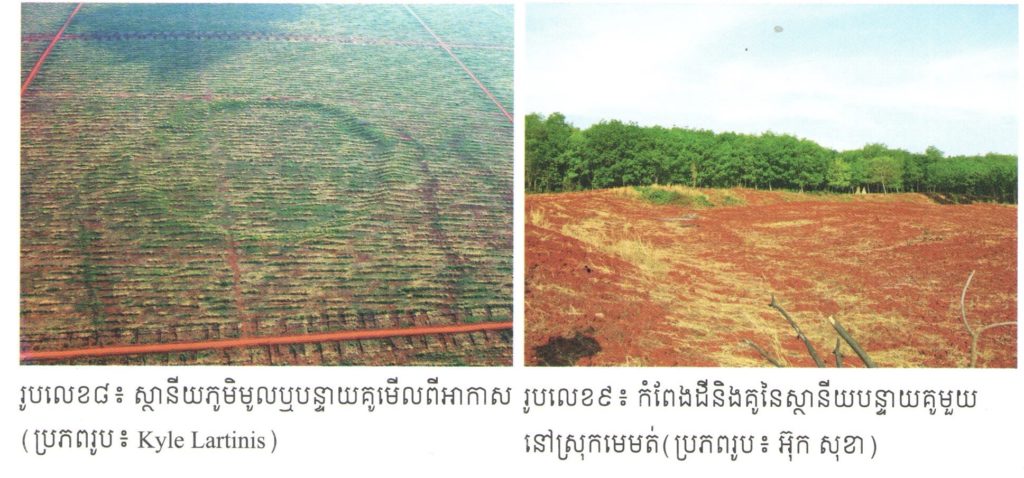
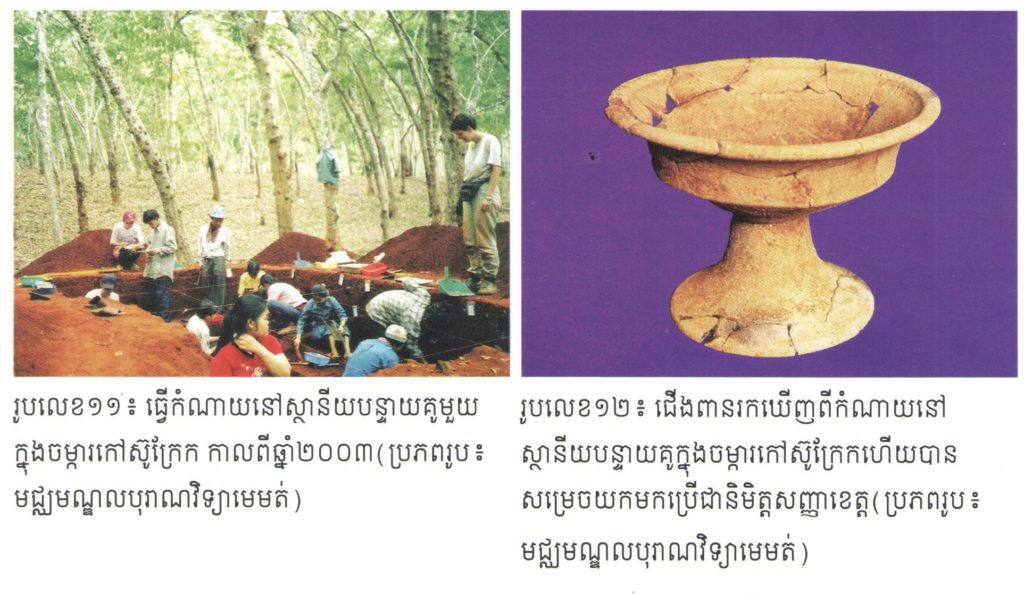

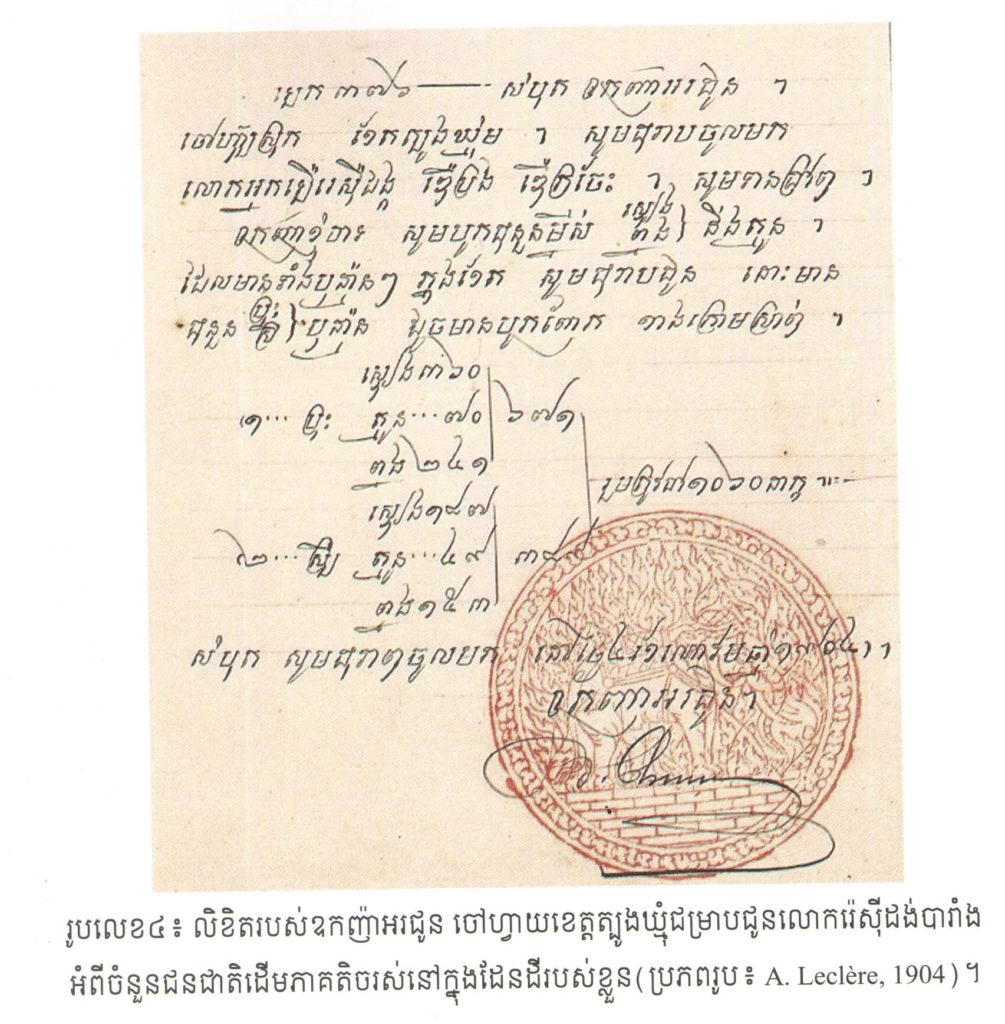
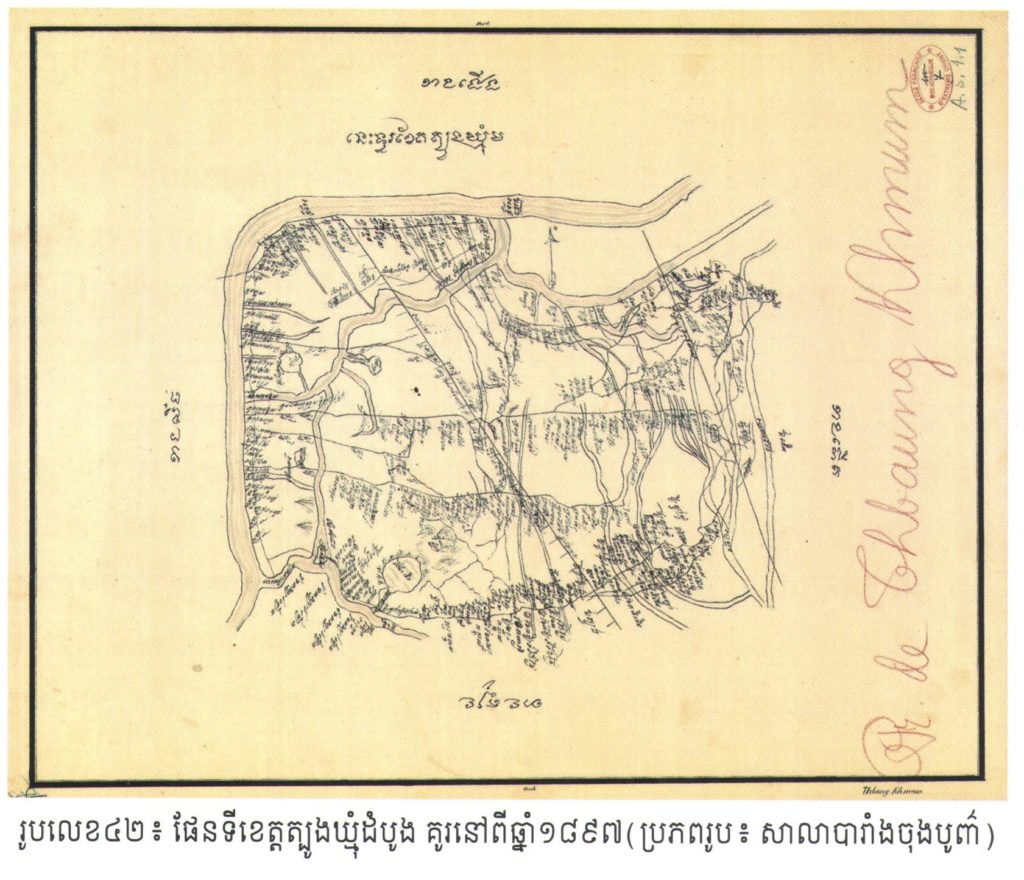
In the post-Angkor period, two major historical events occurred. First, during the reign of Luang Prabang, the capital was built in 1514, today known as “Prey Nokor,” in the village of Chakkunton, Tboung Khmum province, dubbed the “Sralanchey City, Banteay Prey Nokor” or “the city of Daun Penh, Prey Nokor Borey”. Second, the Tom Tev story, which highlighted many stories related to Tboung Khmum territory during the late 16th century, with the tyrannical king Oknhea Ochoun rule over the Tboung Khmum territory. The ripe thing has been etched in the emotions of all people to this day.
Prior to the French occupation, the whole Khmer territory was divided into areas that the ancient Khmer called “land” and each “land” consisted of six to ten provinces ruled by the king and his mother. Later, each royal “land” was given to a high-ranking official, who then had the title of king of kings.
In fact, in the reign of Queen Dharmaha (1629-1630), five kings were appointed to control five lands: the Tboung Khmum land administered by Oknhea Ochoun, the Kampong Svay land administered by Oknhea Techo, Trang land administered by Oknhea Pisnu Lok, Pursat land administered by Oknhea Sourkea Lok, and Baphnom land administered by Oknhea Thormea Techo.
Since then, the territorial management system has been gradually modified, such as Tboung Khmum province, from Tboung Khmum to Tboung Khmum district to Tboung Khmum province, and from Tboung Khmum to the return and finally the government decided. Returned to Tboung Khmum province under Royal Decree No NS / RKT / 1213/1445 dated 31st December 2013, breaking out of the province and announced the official launch on June 02, 2014.

2. Provincial Symbol
-Geography
-Environment and nature
-History
-Legendary
The selection of the above four factors, combined to symbolize the province’s potential, reflects the province’s identity through the cultural, historical, and natural heritage of the province. Honeymoon today.
A. General form of symbols
The symbol is rounded with two brown stripes, the outer large, small inside and separated by a white surface. The interior is light brown, with a hexagonal white line representing the beehive. In the center is a brown figure. The upper part of the text is highlighted in blue “Tboung Khmum” The lower part of the leg is adorned with Angkor offerings, with a green motif in white.
B. the meaning of the symbol
Circles around
The enclosed two-tiered circle represents the prehistoric station “Banteay Kou or the village”. The outer ridge represents the outer wall, while the outer ridge represents the cliff around which the pair call it the inner wall. The two brown stripes represent water pairs. According to archeological research, the “Banteay Kou or Round Village” was inhabited 1,000 years ago. The fort is found mostly in the Dey Kroo area of Memot and Ponhekkam in Tboung Khmum province. French researcher Bernardina Hirschieri has named the station and the objects found in the area above: “Memot civilization,” the oldest civilization in the lowlands of Southeast Asia.
Inside
The interior is representative of honeybees and honey. One of the most valuable honeybees you seek for honey is a “honeycomb”, a honeycomb rich in flavor and medicinal properties. If the word “head” or “head” is a Sanskrit word, it corresponds to the word “gem”. So the word “honey” we use today is probably what locals call it “honey”. In addition, bees are in the insect population, living in groups with persistence, perseverance, and diligent unity. Therefore, the symbolism of the bees also symbolizes the unity of struggle and unity. Honey is the symbol of sweet living in the community as well as the nation as a whole.
Centered figure in center
The most important statue in the center of Tboung Khmum province is the “ancient limb” made of burnt clay (marble) found during a excavation at Banteay Kuk Station in 1998 in a crocodile plantation. It looks like a piece of equipment used today. Based on analytical results, many archeological sites are located in the same depths of over 3,000 years. Legs are a treasure chest, other rules, rules for worship, or high things for the king. Therefore, the feet symbolize knowledge, nobility and sacredness.
Blue text “Tboung Khmum province”
A typeface that evolved from the Khmer script of Angkor. From the post-Angkorian period (14/15th century), many of these letters were used to refer to various sects or books. The letter is still popular to this day.
The Angkor Temples
The bottom of the altar is a type of “Angkor”. The art of seeing Khmer ancestors carved in temples and shrines continues unabated in ancient times. The decorations are made from nature, especially plants, stems, leaves, flowers. Therefore, the art is not only decorative but also shows the growth of the land, the natural resources and the happiness of the society. Therefore, the Angkorian emblems, embellished in this symbol, symbolize the bridge between the past, present and present civilization, and the sign of agribusiness, such as rubber, cassava, cashews and pepper, as potential. The economy of the province.
Colors
The two round circles surrounding the exterior of this symbol are brown, representing the southern province of Tboung Khmum. The area of the small hexagonal symbol is copied from the beehive. The middle limb is represented by the red soil of Tboung Khmum province and the original color of the basal porcelain. The letter “Tboung Khmum” has a blue background, which represents freedom and monsoon. The green bean represents the potential of the province’s agricultural crop, particularly pepper, which is considered “white gold on red soil”.
